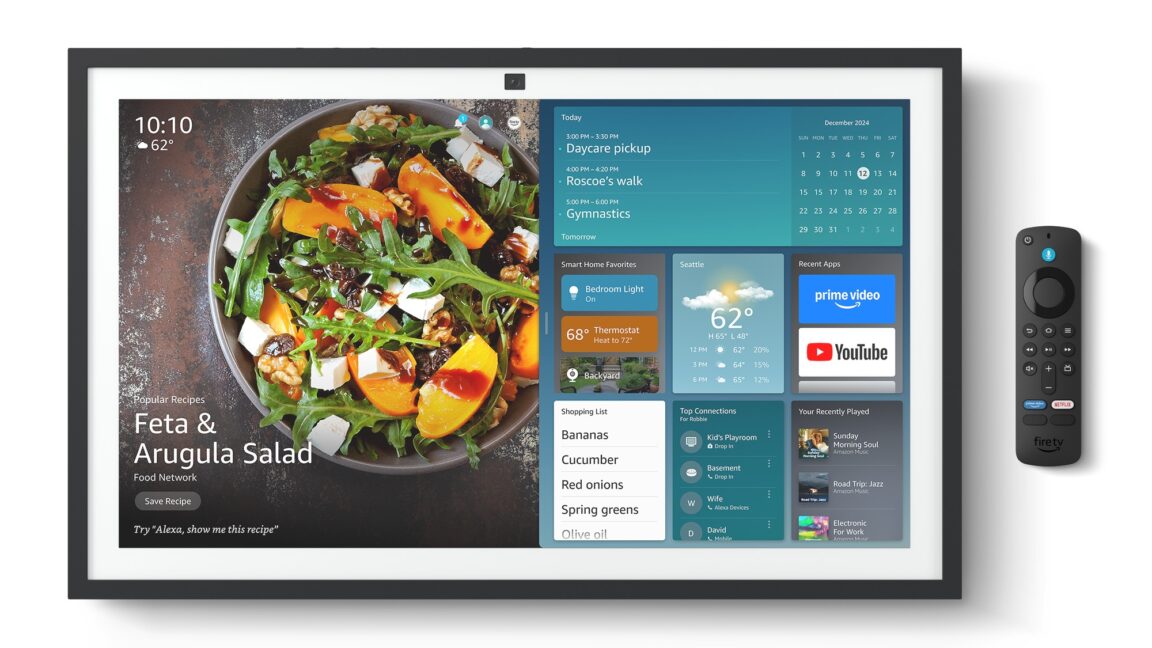Bussiness
Experian Enters The Third-Party Data Onboarding Business | AdExchanger

You don’t hear much about third-party data onboarders anymore, but it’s still a growing category.
In fact, Experian entered the market on Tuesday with a new product appropriately called Experian Third-Party Onboarding based on its Tapad acquisition. The idea is to cut out the need for a middleman vendor between Experian’s offline consumer data and digital data and identifiers used for online marketing.
The idea for Experian to launch its own data onboarding product was inspired by its partners at The Trade Desk, according to Scott Kozub, VP of product at Experian Marketing Services.
Other platforms, especially CTV companies with their own identity data sets, were keen to continue using Experian data for targeting without adding another third-party onboarding service, Kozub said. Many of these companies, such as Samsung, DirecTV and NBCUniveral, are mutual clients of Experian and The Trade Desk.
Offline to online
Experian’s strength and reputation as a data seller has always been based on its offline data. Physical home addresses for direct mail and TV campaigns have long been its bread and butter.
But Kozub said a third-party onboarder, which he didn’t name (cough, LiveRamp, cough), was previously necessary to connect those offline data points to online identifiers, such as mobile device IDs, openRTB ad IDs and third-party cookies.
When Experian acquired Tapad in 2020, he said, it got access to a digital ID graph capable of making those connections without another vendor.
The advantage of in-housing onboarding (say that three times fast) comes down to speed, addressability and pricing, Kozub said. With a third-party onboarding service, some ID mismatches inevitably occur between Experian and the onboarder and between the onboarder and the publisher.
Fidelity is often lost in this game of telephone.
But when Experian is its own third-party data onboarder, any changes to the data itself or pricing can be made in closer to real time. Experian can also report results and update data faster when it doesn’t have to go through a middle layer.
Campaigning for change
The ability to rapidly update data from third-party sellers to its own identity graph is a key value prop of the new onboarding tool. So it’s not a coincidence that its launch partner is L2, a political data seller specializing in voter files.
L2 is able to attach its voter file data to Experian’s household-based consumer profiles. In political campaigning, speed is important. Sometimes there are only a few weeks to target a particular state or district, and campaigns would prefer their data be updated based on whether people have switched political parties, say, or already submitted an early vote.
“The voter file is somewhat unique in the data infrastructure that’s out there,” L2 EVP Paul Westcott told AdExchanger. “What we try to do, in addition to keeping the file as up to date and clean as possible, is really all about access.”
Experian has always been a strong partner for L2, Westcott said. Both data sellers are built around old-school, offline identifiers – namely, the household. Political direct response and fundraising ads have traditionally centered around direct mail.
The new Experian onboarding solution allows offline voter file data and Experian offline profile data to be used with online and CTV advertising IDs.
New forms of third-party data onboarding are also being carried through direct first-party pipes, Westcott said. Traditional third-party data marketplaces have mostly withered. There’s still the LiveRamp data marketplace (the biggie in the category), he said, but the trend has been against third-party data marketplaces, due to privacy restrictions on data collection.
Which is why it makes sense for Experian to create its own onboarding solution, he added.
Advertisers themselves are using more first-party data and scrutinizing data sellers to see where data comes from, Westcott said. “The buyers in the space have become far more sophisticated about the different routes of entry.”









